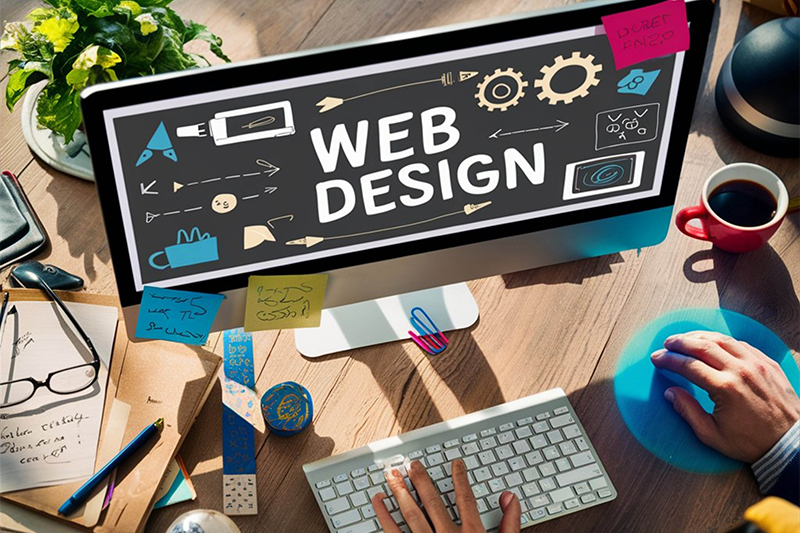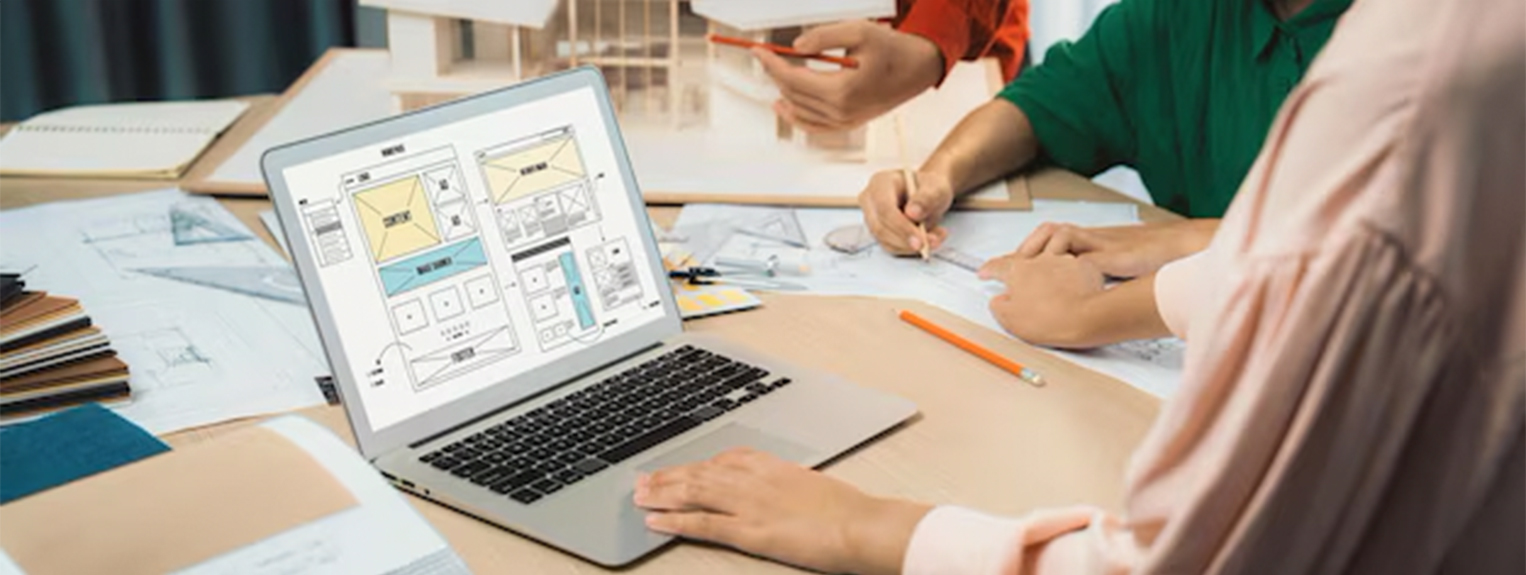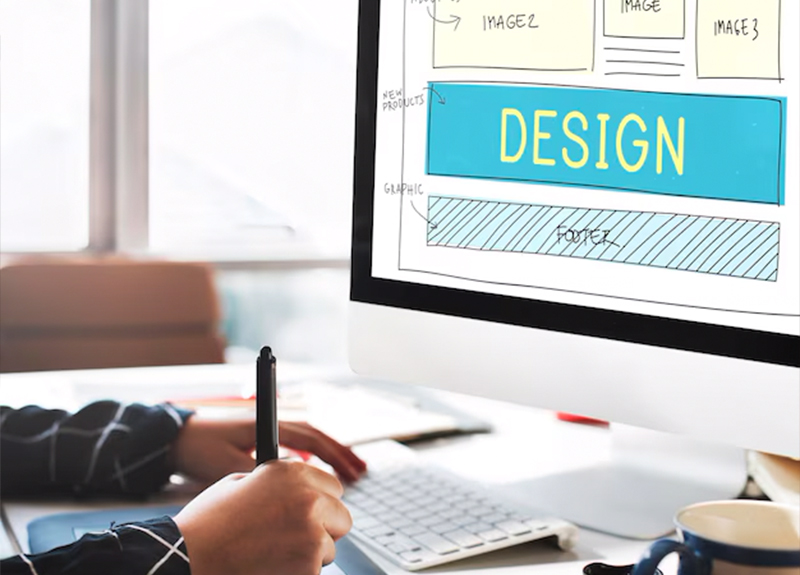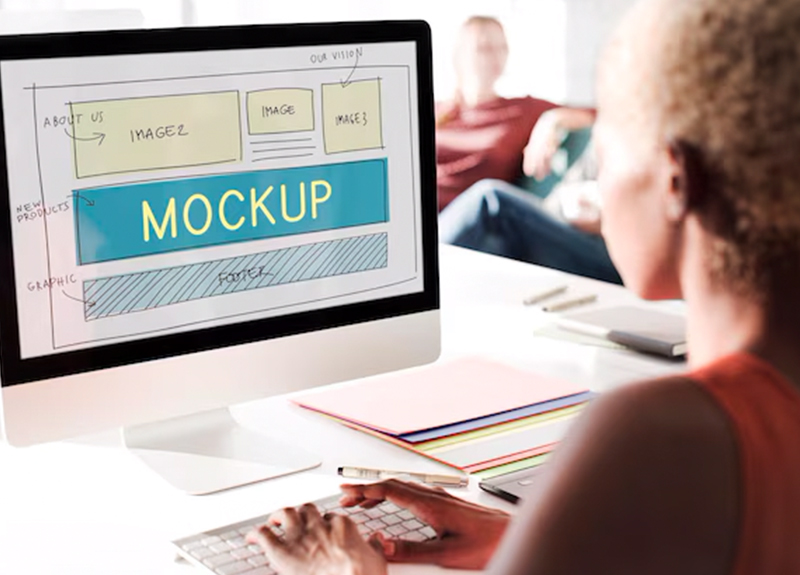Have you ever wondered why some websites captivate you instantly while others fail to leave an impression? The secret often lies in the subtle use of psychological principles in their web design. Elements like colour psychology, cognitive load optimisation, and visual hierarchy can play a crucial role in how users perceive and interact with a website. By incorporating the principles of human behaviour theory into your website, you can enhance user engagement, boost conversions, and build lasting relationships with your audience. When you understand these principles and the power they wield, you can create intuitive and emotionally appealing sites that resonate with users on a deeper level, encouraging them to return repeatedly.
Today, it’s not enough to just have a website that’s functional. Although it might ‘do the job’, it won’t be able to compete and capture the attention of your audience. To truly stand out, your site must connect emotionally with visitors, and that’s something that goes beyond aesthetics. Your site should be developed to guide their behaviour in subtle yet powerful ways, influencing decisions and encouraging engagement. By understanding and applying psychological principles such as the use of colour, layout, and persuasive copywriting, you can build a website that not only looks appealing but also drives desired actions, such as clicking, subscribing, or purchasing.
Harnessing Colour Psychology for Engagement
Colours are more than aesthetic choices; when used with purpose they are powerful psychological triggers that can influence how users perceive your brand. By understanding and implementing colour psychology, you can significantly boost both engagement and conversion on your site. Here are some examples of the impact of colour on user behaviour:
- Red: associated with urgency, passion, and excitement, red can be used to encourage action, such as in call-to-action buttons.
- Blue: linked to trust, security, and calmness, blue is often used by financial institutions or healthcare providers to create a sense of reliability and professionalism.
- Green: symbolises growth, health, and nature. It can also represent wealth or money. Green is commonly used by e-commerce websites for “add to cart” buttons or in checkout processes.
- Brown: often associated with warmth, stability, and simplicity, brown can create a sense of comfort and familiarity on a website.
- Purple: associated with luxury, creativity, and royalty, purple can be used to create a sense of exclusivity or sophistication on a website.
- Yellow: represents optimism, youthfulness, and happiness. It can be an attention-grabbing colour for promotions or discounts.
When you understand the psychological responses associated with different colours, you can strategically use them to create the emotional response in users that you’re seeking. However, for global companies it’s essential to consider cultural differences as well; certain colours may have different, and even opposite, connotations in various cultures.
Reducing Cognitive Load with Purposeful Layout and Design
Cognitive load refers to the amount of mental effort required for information processing, and when it comes to web design, reducing cognitive load is crucial as it allows users to prevent overwhelming users and causing them to leave the site. Some ways to reduce cognitive load include:
- Simplicity: Keeping your layout simple and clutter-free allows users to focus on the essential elements of your site and reduces distractions.
- Consistency: Maintaining consistency in design, navigation, and language across all pages helps users navigate your site more easily and creates a sense of familiarity.
- White space: Proper use of white space can enhance readability and comprehension by giving the eyes a break from dense blocks of text or visuals.
- Hierarchy: Using visual hierarchy guides users towards important information first, making it easier for them to find what they’re looking for quickly.
Plan a Layout that Guides Attention
The layout of your website plays a crucial role in guiding user attention and enhancing usability. By using a layout that aligns with natural eye movement patterns, you can direct users to key areas effortlessly.
- F-Pattern Layout: Ideal for content-heavy pages, it aligns with the way users naturally scan text, ensuring important information isn’t missed.
- Zig-Zag Pattern: Effective for storytelling or showcasing products, it leads the eye down the page through alternating focal points.
A strategic layout should be designed to not only look, good but also enhance functionality and user experience.
Emotional Impact of Typography Choices
Typography does more than display words; it can also set a tone and evoke emotions. The fonts you choose for your website can profoundly affect how users perceive your brand.
- Bold and Vibrant Fonts: Capture attention and create excitement, suitable for brands targeting a younger audience.
- Sleek Serif Fonts: Portray sophistication and elegance, perfect for high-end or luxury brands.
- Playful and Whimsical Fonts: Sense nostalgia and fun, engaging users seeking a unique experience.
By selecting font styles carefully, you enhance both visual appeal and the emotive impact of your content.
The Power of Persuasive Copywriting
In web design, words are just as crucial as visuals, and how you communicate with your audience can make or break their experience on your site. Persuasive copywriting goes beyond providing information; it’s about creating a connection and influencing behaviour. Here are some tips to consider when writing the copy for your site:
- Understand your audience: Knowing who you’re speaking to is essential in communicating effectively; use language that connects with your target audience.
- Create a sense of urgency: Encouraging immediate action by using words like ‘limited time offer’ or ‘only available today’ can be effective in persuading users to take action.
- Highlight benefits rather than features: Instead of just listing product features, make sure to explain how those features will benefit the user.
- Use power words: Certain words evoke strong emotions and reactions, such as ‘free’, ‘exclusive’, or ‘guaranteed’.
Persuasive copywriting techniques when used in your website content can influence visitor behaviour to drive engagement and conversions. It’s essential to strike a balance between providing information and creating an emotional connection with your audience through words.
Influencing Decisions with Strategic Calls-to-Action
Calls-to-Action (CTAs) are pivotal in guiding user decisions. To be effective, CTAs must tap into user psychology.
- Personalised Language: Phrases like “Start Your Free Trial” enhance the sense of personal gain, as does the use of words like ‘you’ and ‘yours’.
- Urgent Wording: Words like “Now” or “Today” create a sense of immediacy.
- Highlight Benefits: Clearly state what the user will gain, such as “Get Your Exclusive Offer.”
Testing different CTA strategies using tools like A/B testing can help identify what resonates best with your audience, maximising conversion rates.
The Role of Navigation in User Experience
Navigation on a website is like a map; it helps users find their way around and access the information they need. A well-designed navigation system enhances user experience by making it easy for them to locate things your site. Some best practices for navigation include:
- Clear and intuitive: Users should be able to understand how to navigate your site without any confusion. Use clear labels and simple navigation structures.
- Consistency: As mentioned earlier, consistency is crucial in reducing cognitive load and enhancing usability. This applies to navigation as well; maintain consistent placement, design, and language throughout your site.
- Simple and accessible: Navigation should be easily accessible from any page on your site, preferably at the top or side of the screen. It’s also essential to ensure it works across all devices, including mobile.
By focusing on creating an intuitive and user-friendly navigation system, you can improve user experience and keep them engaged on your site for longer.
Other Elements and Techniques to Drive User Response
Here are some other ways of making your website more relevant to each user, increasing engagement and satisfaction.
- Dynamic Content: Adjusts in real-time based on user behaviour, improving relevance.
- Customised Recommendations: Suggest products or content based on browsing history.
- Chatbots: A chatbot on your site makes it easy for customers to get quick answers to simple questions.
Personalised experiences make users feel valued and understood, this fosters loyalty and encourages repeat visits.
Using Imagery for Emotional Connection
Using engaging images is a powerful way of creating an emotional connection. Authentic and relevant visuals can resonate deeply with your audience and do a lot of heavy lifting.
- Human Faces: Elicit emotional responses and build trust.
- High-Quality Photos and Videos: Enhance engagement and improve message retention.
- Authentic Imagery: Avoid generic stock photos; use images that reflect your brand’s unique personality.
Visual content is more memorable than text alone, making imagery crucial for effective communication.
Encouraging Commitment through Interactive Elements
Interactive elements can significantly enhance user engagement and have them take action, which in turn can lead to further commitment.
- Quizzes and Surveys: Involve users actively, providing instant feedback.
- Live Chats: Offer real-time assistance, improving customer satisfaction.
- Interactive Tools: Such as calculators or configurators that add value to the user experience.
Features like these not only personalise the user journey, they tend to keep visitors on your site longer and increase the likelihood of conversion.
What does your website need?
When building your business website, there’s far more to consider than just pretty aesthetics and basic functionality . You need a clear understanding of your audience and knowledge of what elements can be incorporated to create meaningful connections with them. By understanding and applying some of the insights explored in this article, you can create a website that not only appeals visually but also engages users on a deeper level, driving actions that align with your business goals.
Ready to update your website and harness the power of psychology in your web design? Reach out and let’s discuss ways to transform your online presence and achieve greater success.






